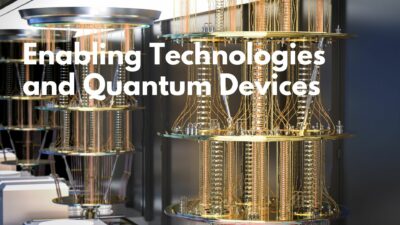The Flux Quantum Electronics (FQE) project at NIST is developing cryogenic superconducting circuits that use quantum-based principles to improve quantum computing, wireless communications, and energy-efficient computing. These circuits operate at extremely low temperatures (4 K or below) and use quantized voltage pulses and fluxons—quantum-level signals that are precise and stable—to control qubits and generate accurate electrical waveforms. The team is working on several key projects, including creating quantum-based reference sources for 5G and higher frequency communications, and developing scalable, low-latency control systems for superconducting qubits. These efforts aim to address major challenges in quantum computing, such as the need for precise calibration tools and efficient qubit control at cryogenic temperatures.
One major focus is the development of Single Flux Quantum (SFQ) technology, which uses Josephson junctions to produce extremely fast and accurate electrical pulses. These pulses are quantized, meaning they have exact, known values based on fundamental physical constants, making them ideal for use as reference standards. The FQE team has demonstrated SFQ-based circuits capable of operating at frequencies up to 300 GHz and has made progress in integrating these circuits with superconducting qubits. They are also working on improving fabrication techniques to enable faster production of these circuits and are collaborating with other NIST groups and external institutions to advance quantum computing and communication technologies. The project is expected to have a major impact on the development of next-generation quantum systems and high-speed, energy-efficient computing.
Source: https://www.nist.gov/programs-projects/flux-quantum-electronics
Keywords: Josephson junctions, single flux quantum, superconducting qubits




